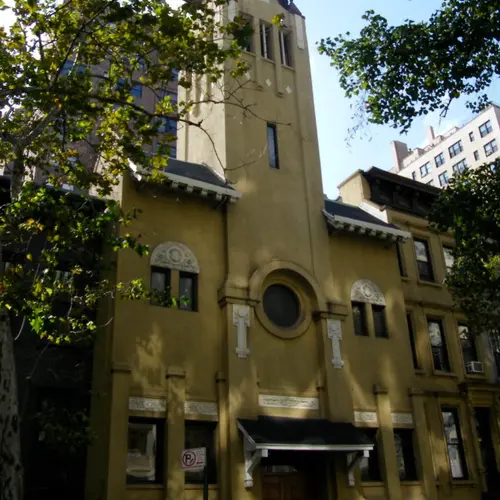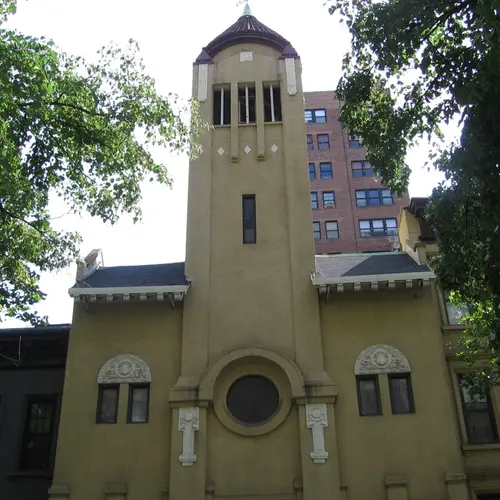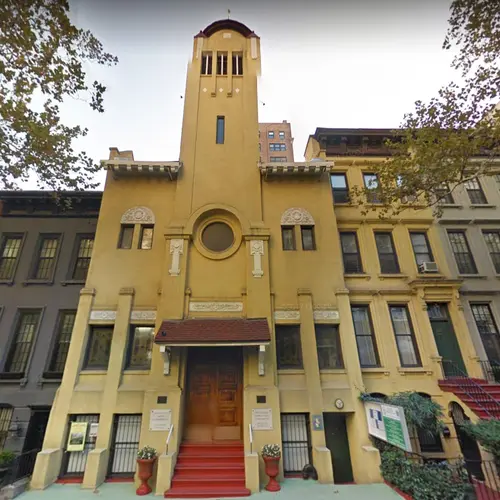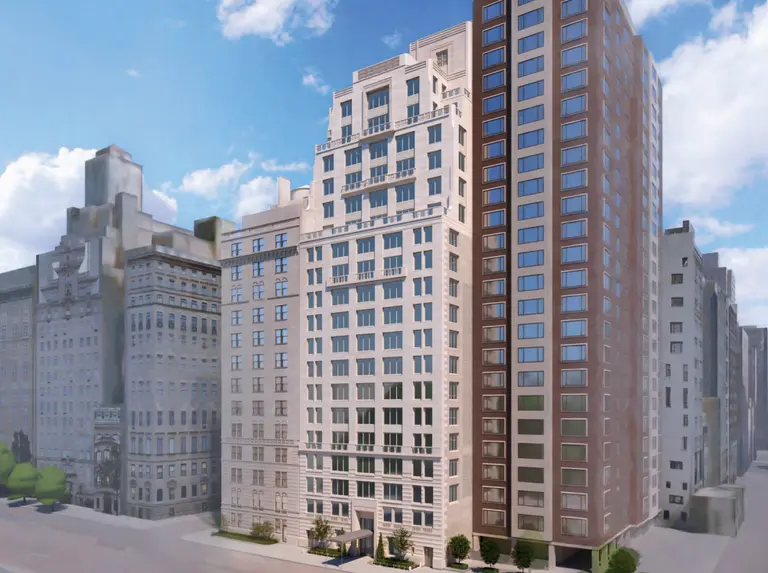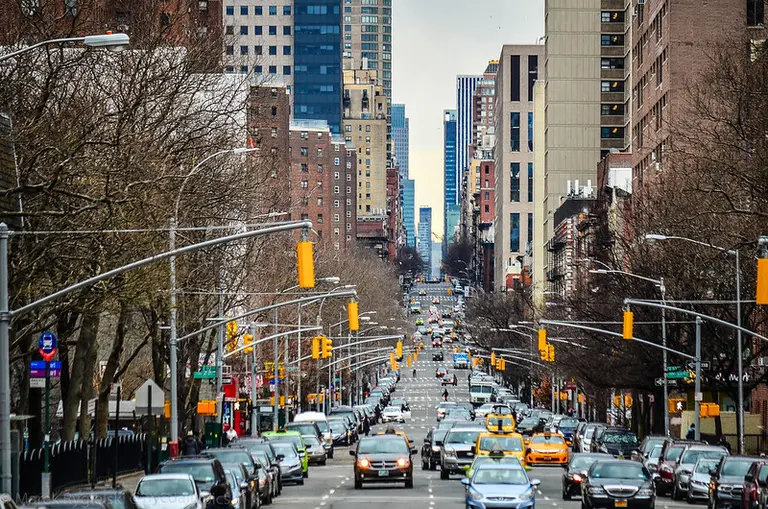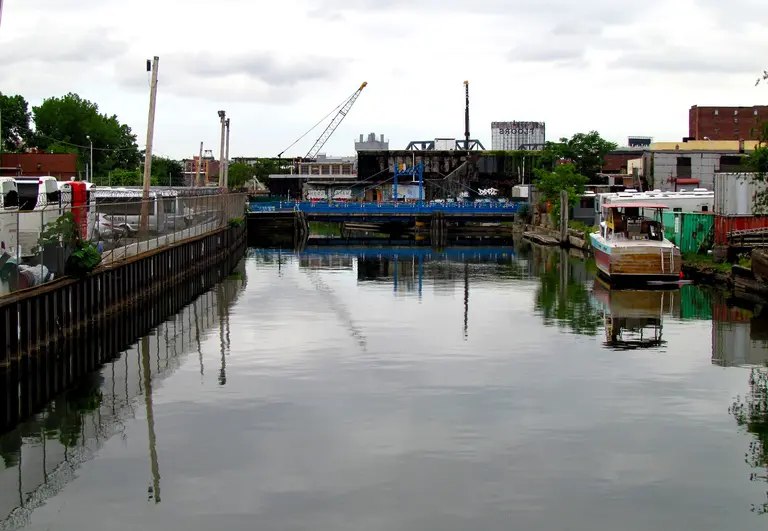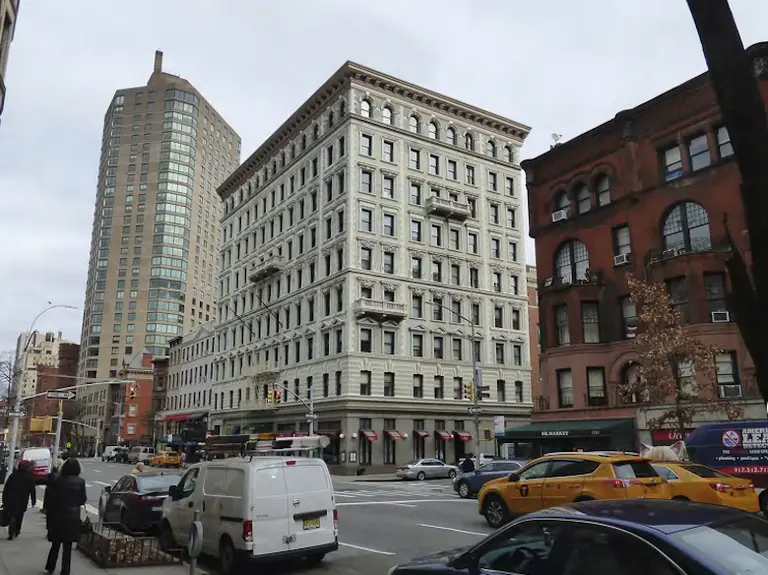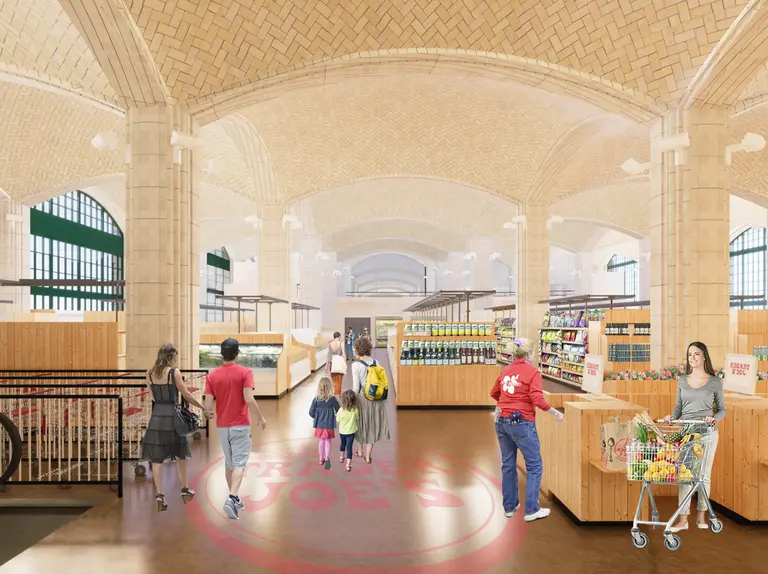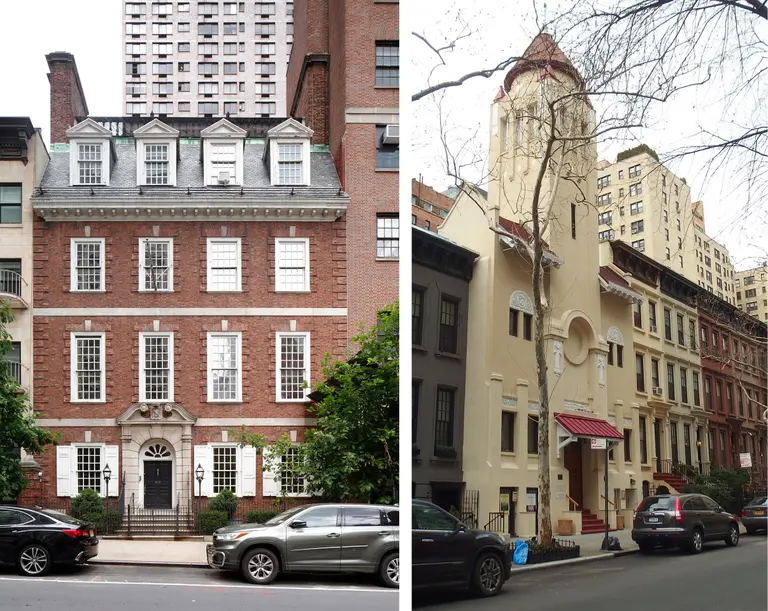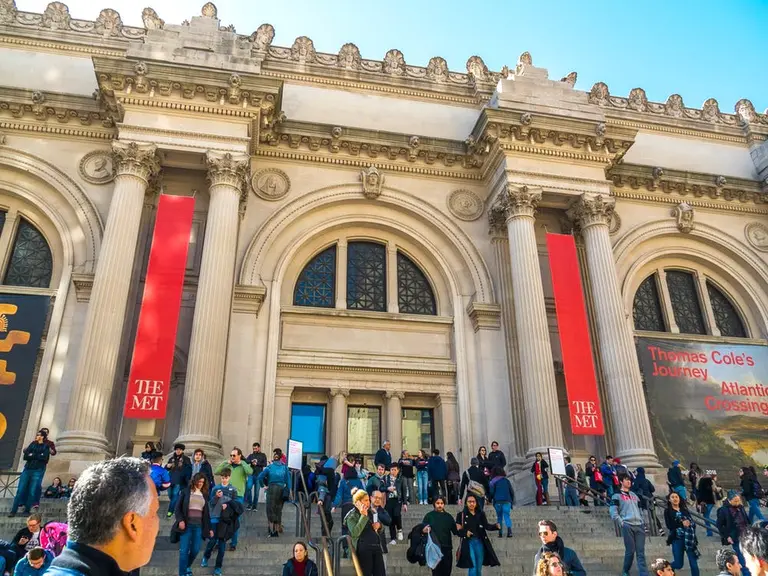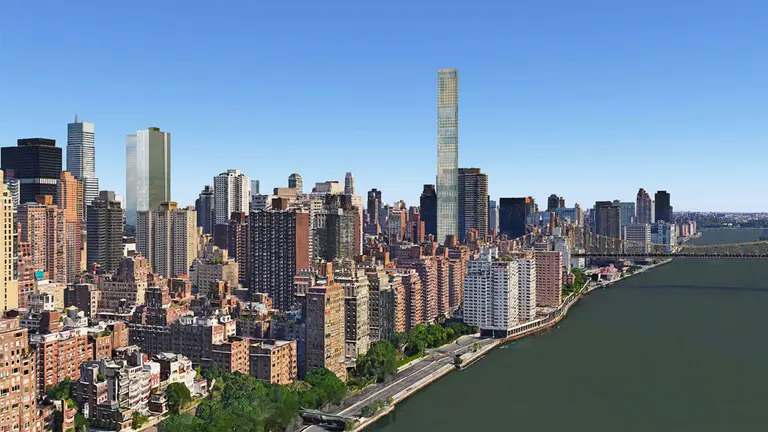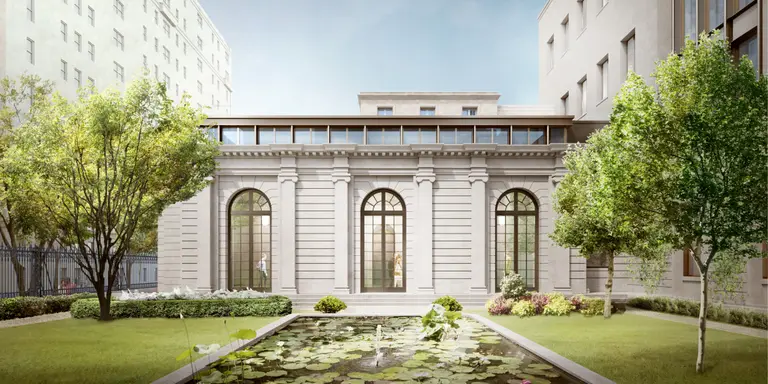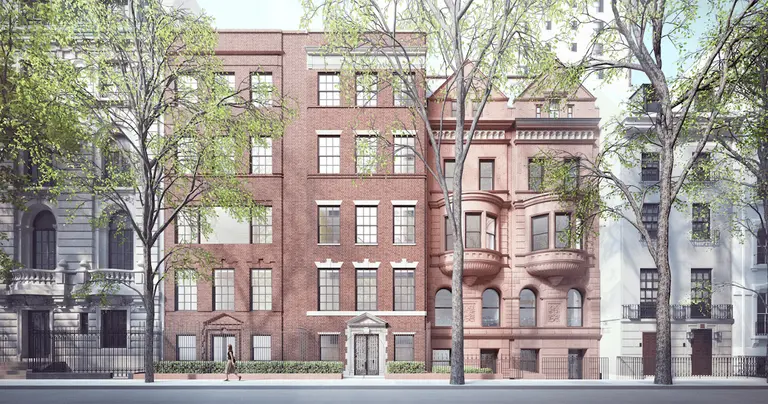On the Upper East Side, Emery Roth’s First Hungarian Church of New York may become a landmark
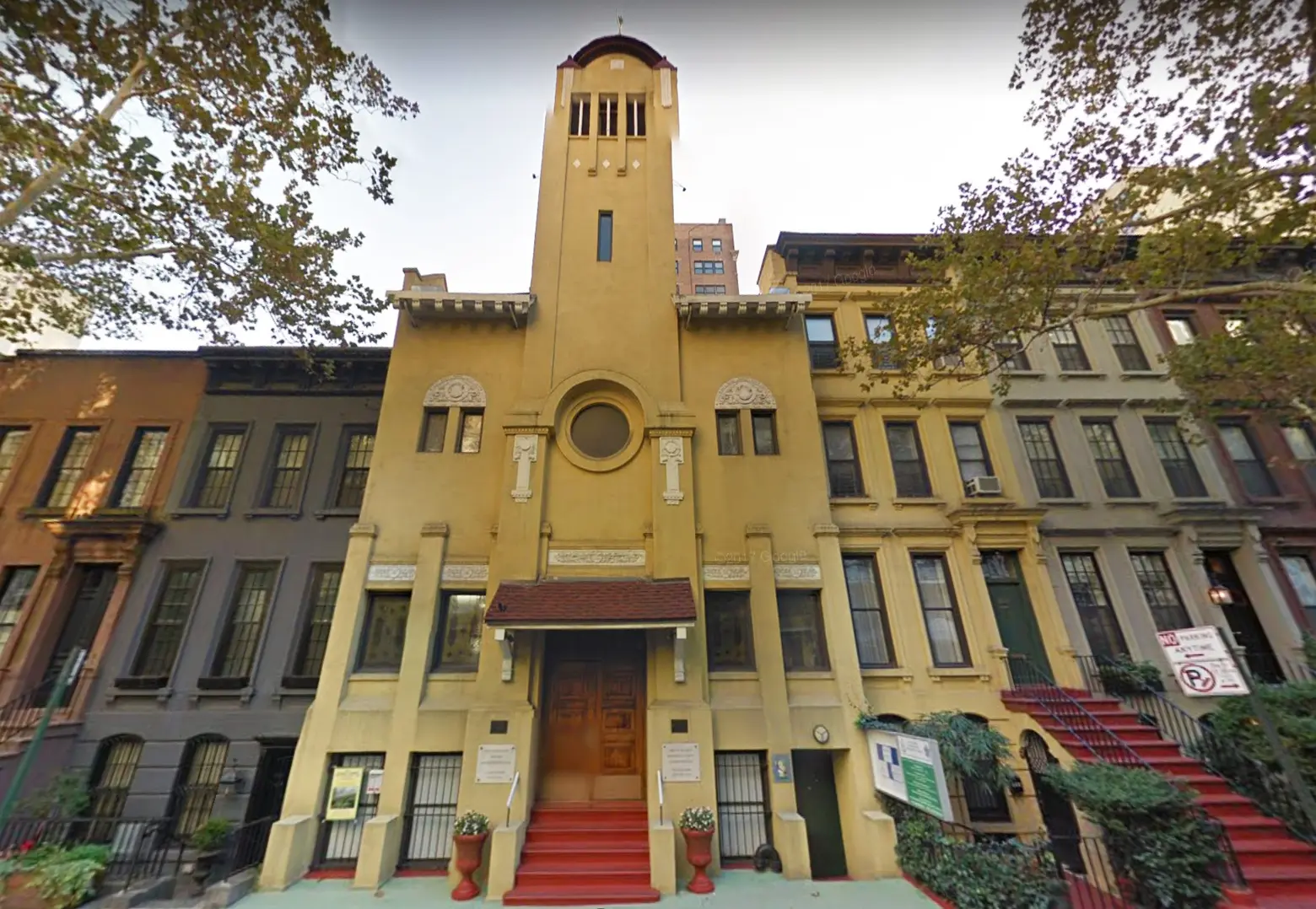
Google Street View of the church
The New York City Landmarks Preservation Commission (LPC) has voted in favor of giving a calendar spot in the landmark designation process to the First Hungarian Reformed Church of New York, one of few religious properties designed by the noted New York City architect Emery Roth–himself a Hungarian immigrant. The church is also significant for its importance to the Hungarian-American community that settled in the Upper East Side‘s Yorkville neighborhood.
One of several items on today’s public hearing schedule, the First Hungarian Reformed Church of New York at 344 East 69th Street is a stucco-faced brick building, constructed in 1916 in a Hungarian vernacular architectural style. The church’s congregation was established in 1895 while worshipping at a church on East 7th Street. The Yorkville church is the only Christian religious building designed by Hungarian-born (and Jewish) architect Roth, who is best known for his iconic and grand pre-war apartment buildings on Central Park West. The church has been a gathering spot for the city’s Hungarian-American community since its completion. It’s also the oldest standing church in the neighborhood.
Hungarian refugees began settling in New York in 1848 after the failed revolt against Habsburg rule. During the 1880s, more joined the immigrants who began arriving in America to seek economic opportunity. The 1910 census shows that over 75,000 New Yorkers identified as having Hungarian origins. At its highest point in the mid-20th century, New York’s Hungarian community was the largest of any American city at almost 125,000.
In 1914, the church bought the three lots on East 69th Street and tapped Roth, a Hungarian immigrant from Gálszécs, to design the new building. Roth designed several synagogues in the city, but the church was only his second religious building and his only Christian building. He was likely chosen due to his familiarity with Hungarian vernacular architecture his ties with the Hungarian community.
Roth’s design reflects several Hungarian church building traditions. It has been called “a charmingly exotic adaptation of Hungarian vernacular architecture.” There have been few changes since the new building was consecrated in early 1916. The church continues to serve the community, holding services in Hungarian every Sunday.
Calendaring is the first formal step in the designation process. Once calendared, LPC will hold a public hearing on the proposed designations at a future date, followed by a public meeting during which the Commission will vote on the designation.
RELATED:
- Pre-war prestige: NYC’s top-10 buildings designed by Emery Roth
- After landmarking news, historic Carroll Gardens schoolhouse is back on the market for $5M
- LPC approves Morris Adjmi’s condo project for East Village gas explosion site
- Preservationists, LGBT groups push Landmarks to designate Walt Whitman’s Clinton Hill home
